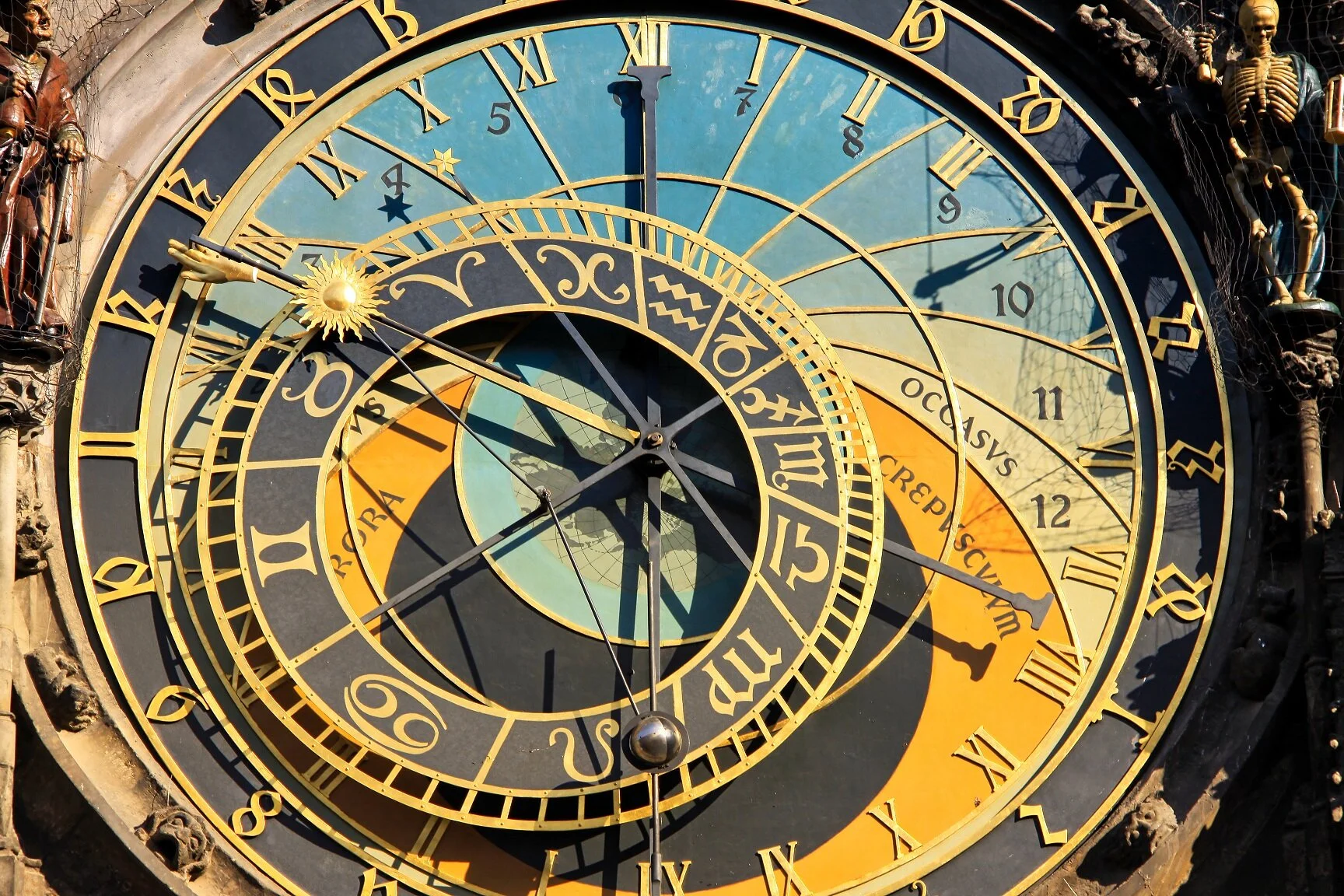Every now and again, we all indulge in dreams about travelling in time. Wouldn’t it be wonderful to return to that specific point in the past to change a bad decision or relive an experience – those halcyon days of childhood, that night you won an Oscar – or to zip ahead to see how things turn out in the far future.
What is time – and why does it move forward?
Imagine time running backwards. People would grow younger instead of older and, after a long life of gradual rejuvenation – unlearning everything they know – they would end as a twinkle in their parents' eyes. That’s time as represented in a novel by science fiction writer Philip K Dick but, surprisingly, time’s direction is also an issue that cosmologists are grappling with.
Timeline: the history of gravity
Corals, crochet and the cosmos: how hyperbolic geometry pervades the universe
We have built a world of largely straight lines – the houses we live in, the skyscrapers we work in and the streets we drive on our daily commutes. Yet outside our boxes, nature teams with frilly, crenellated forms, from the fluted surfaces of lettuces and fungi to the frilled skirts of sea slugs and the gorgeous undulations of corals.
Explainer: what is antimatter?
Antimatter was one of the most exciting physics discoveries of the 20th century. Picked up by fiction writers such as Dan Brown, many people think of it as an “out there” theoretical idea – unaware that it is actually being produced every day. What’s more, research on antimatter is actually helping us to understand how the universe works.
Seeing Earth from space changes you – and you don’t even have to leave the planet
Explainer: what is mass?
How we discovered that the Earth’s inner core is older than previously thought
Explainer: what are fundamental particles?
It is often claimed that the Ancient Greeks were the first to identify objects that have no size, yet are able to build up the world around us through their interactions. And as we are able to observe the world in tinier and tinier detail through microscopes of increasing power, it is natural to wonder what these objects are made of.
Is glass a solid or a liquid?
Einstein’s folly: how the search for a unified theory stumped him to his dying day
How Einstein’s general theory of relativity killed off common-sense physics
Gravity ties our bodies to planet Earth but it does not define the limits of the soaring human mind. In November 1915 – exactly one century ago – this was proven to be true when Albert Einstein, in a series of lectures at the Prussian Academy of Sciences, presented a theory that would revolutionise how we view gravity – and physics itself.






